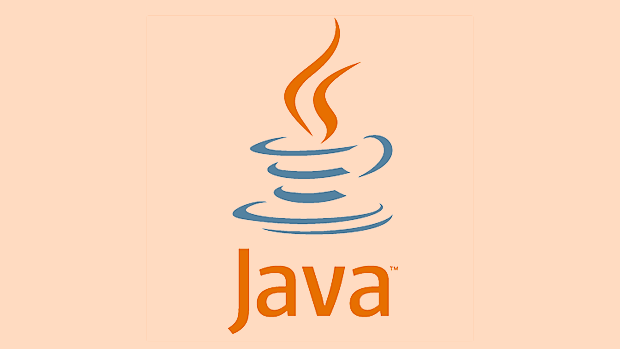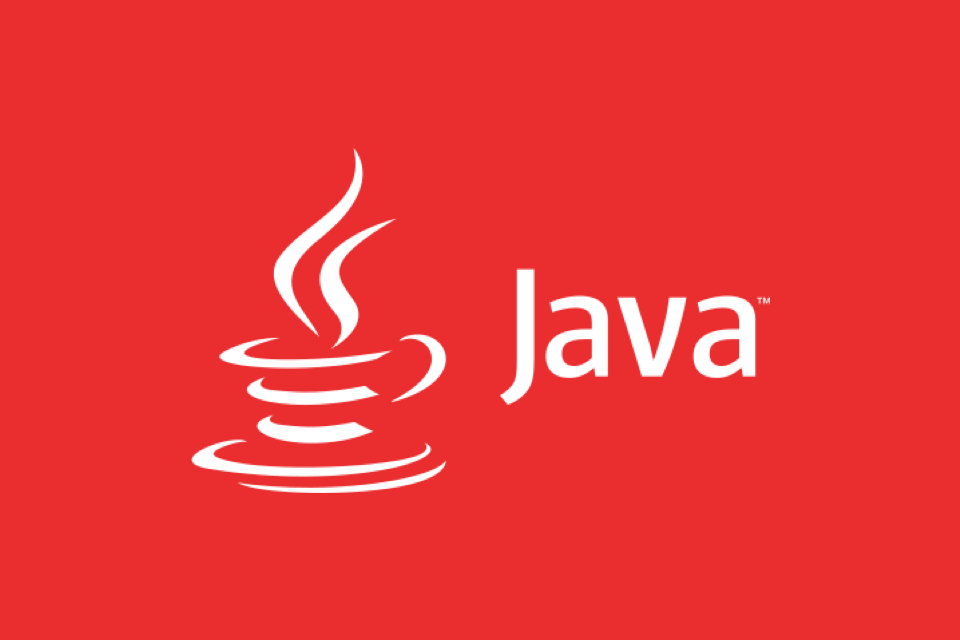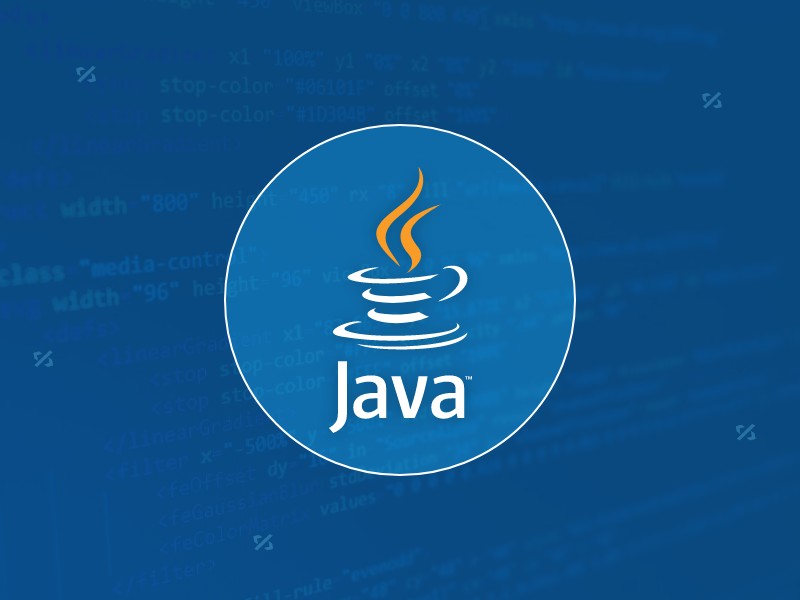JPA is a Java persistence specification, and Hibernate is its commonly used implementation. 1. JPA defines object and database mapping standards, and Hibernate is responsible for specific operations. 2. Entity classes map table structures through @Entity, @Table, @Id, @GeneratedValue, etc. 3. The association relationship is processed through annotations such as @OneToMany, @ManyToOne, etc., and pay attention to mappedBy and cascading configuration. 4. In Spring Boot, you can quickly complete persistence operations by configuring data sources and using Spring Data JPA.

When you are using Java for persistent data storage, JPA and Hibernate are almost unavoidable tools. They help you handle things between objects and database tables more naturally and efficiently. But if you want to use it well, it is not just as simple as adding a few annotations.

What are JPA and Hibernate?
Simply put, JPA (Java Persistence API) is a specification that defines the standard way in which Java objects map to database tables. Hibernate is an implementation of this specification, and it is the most commonly used one.

You can understand it as the relationship between "interface" and "implementation class". When you write code, you are programming in JPA, and Hibernate performs operations in the underlying layer. The advantage of this is that if the ORM framework is replaced in the future, the changes will not be too big.
Mapping of entity classes and database tables
This is the first step in persistence: turn the Java class into a table in the database. What you need to do is:

- Add
@Entityannotation to the class - Specify the corresponding table name, for example
@Table(name = "users") - Annotate the primary key field as
@Id, if it is an auto-increment primary key, add@GeneratedValue
For example:
@Entity
@Table(name = "users")
public class User {
@Id
@GeneratedValue(strategy = GenerationType.IDENTITY)
private Long id;
private String name;
private String email;
// getters and setters
}In this way, Hibernate knows how to operate this table.
Note: By default, Hibernate will convert the field name into an underscore naming method (such as
userNametouser_name). If you don't want it to automatically convert, you can turn it off in the configuration or specify it explicitly with@Column(name = "username").
How to deal with the relationship?
In real projects, data is not isolated, and one-to-many, many-to-one, and many-to-many relationships are often processed. Take the most common "users and orders" as an example:
A user can have multiple orders, so User and Order are one-to-many relationships. At this time, you can write it in the User class like this:
@OneToMany(mappedBy = "user", cascade = CascadeType.ALL, fetch = FetchType.LAZY) private List<Order> orders = new ArrayList<>();
Then add the reference back to the Order class:
@ManyToOne @JoinColumn(name = "user_id") private User user;
Here are a few points to note:
-
mappedBymeans that this end is passively maintaining the relationship, and the real controller is Order. -
cascadecontrols cascade operations, such as automatically saving Orders when saving User -
fetch = FetchType.LAZYis for performance considerations. The associated data is not loaded by default and loaded on demand.
If you accidentally reverse the relationship maintenance direction, it may cause the data to not be updated or the null pointer exception will occur.
Configuration files and basic usage procedures
In Spring Boot project, you only need to assign database connection information in application.properties or application.yml , and leave the rest to Spring Data JPA.
for example:
spring.datasource.url=jdbc:mysql://localhost:3306/mydb spring.datasource.username=root spring.datasource.password=123456 spring.jpa.hibernate.ddl-auto=update
Among them, ddl-auto=update is very practical, which means that the table structure is automatically updated according to the entity class structure. But be careful not to use it instead of database migration tools in production environments.
It's also very easy to use:
- Define the Repository interface inherits
JpaRepository - Then just call
save(),findById(),findAll()and other methods
public interface UserRepository extends JpaRepository<User, Long> {
}Basically that's it.
The above is the detailed content of Persistent Data Storage using Java JPA and Hibernate. For more information, please follow other related articles on the PHP Chinese website!

Hot AI Tools

Undress AI Tool
Undress images for free

Undresser.AI Undress
AI-powered app for creating realistic nude photos

AI Clothes Remover
Online AI tool for removing clothes from photos.

Clothoff.io
AI clothes remover

Video Face Swap
Swap faces in any video effortlessly with our completely free AI face swap tool!

Hot Article

Hot Tools

Notepad++7.3.1
Easy-to-use and free code editor

SublimeText3 Chinese version
Chinese version, very easy to use

Zend Studio 13.0.1
Powerful PHP integrated development environment

Dreamweaver CS6
Visual web development tools

SublimeText3 Mac version
God-level code editing software (SublimeText3)

Hot Topics
 Selecting Specific Columns | Performance Optimization
Jun 27, 2025 pm 05:46 PM
Selecting Specific Columns | Performance Optimization
Jun 27, 2025 pm 05:46 PM
Selectingonlyneededcolumnsimprovesperformancebyreducingresourceusage.1.Fetchingallcolumnsincreasesmemory,network,andprocessingoverhead.2.Unnecessarydataretrievalpreventseffectiveindexuse,raisesdiskI/O,andslowsqueryexecution.3.Tooptimize,identifyrequi
 What is the `enum` type in Java?
Jul 02, 2025 am 01:31 AM
What is the `enum` type in Java?
Jul 02, 2025 am 01:31 AM
Enums in Java are special classes that represent fixed number of constant values. 1. Use the enum keyword definition; 2. Each enum value is a public static final instance of the enum type; 3. It can include fields, constructors and methods to add behavior to each constant; 4. It can be used in switch statements, supports direct comparison, and provides built-in methods such as name(), ordinal(), values() and valueOf(); 5. Enumeration can improve the type safety, readability and flexibility of the code, and is suitable for limited collection scenarios such as status codes, colors or week.
 Applying Semantic Structure with article, section, and aside in HTML
Jul 05, 2025 am 02:03 AM
Applying Semantic Structure with article, section, and aside in HTML
Jul 05, 2025 am 02:03 AM
The rational use of semantic tags in HTML can improve page structure clarity, accessibility and SEO effects. 1. Used for independent content blocks, such as blog posts or comments, it must be self-contained; 2. Used for classification related content, usually including titles, and is suitable for different modules of the page; 3. Used for auxiliary information related to the main content but not core, such as sidebar recommendations or author profiles. In actual development, labels should be combined and other, avoid excessive nesting, keep the structure simple, and verify the rationality of the structure through developer tools.
 What is the JDK?
Jun 25, 2025 pm 04:05 PM
What is the JDK?
Jun 25, 2025 pm 04:05 PM
JDK (JavaDevelopmentKit) is a software development environment for developing Java applications and applets. It contains tools and libraries required to compile, debug and run Java programs. Its core components include Java compiler (javac), Java runtime environment (JRE), Java interpreter (java), debugger (jdb), document generation tools (javadoc) and packaging tools (such as jar and jmod). Developers need JDK to write, compile Java code and develop with the help of IDE; without JDK, Java applications cannot be built or modified. You can enter javac-version and java-version in the terminal
 VSCode debugger for Java setup guide
Jul 01, 2025 am 12:22 AM
VSCode debugger for Java setup guide
Jul 01, 2025 am 12:22 AM
The key steps in configuring the Java debugging environment on VSCode include: 1. Install JDK and verify; 2. Install JavaExtensionPack and DebuggerforJava plug-in; 3. Create and configure the launch.json file, specify mainClass and projectName; 4. Set up the correct project structure to ensure the source code path and compilation output are correct; 5. Use debugging techniques such as Watch, F8/F10/F11 shortcut keys and methods to deal with common problems such as class not found or JVM attachment failure.
 XML rules: Common errors to avoid
Jun 22, 2025 am 12:09 AM
XML rules: Common errors to avoid
Jun 22, 2025 am 12:09 AM
Methods to avoid XML errors include: 1. Ensure that the elements are nested correctly, 2. Escape special characters. Correct nesting avoids parsing errors, while escape characters prevent document corruption, using an XML editor can help maintain structural integrity.
 Windows search bar not typing
Jul 02, 2025 am 10:55 AM
Windows search bar not typing
Jul 02, 2025 am 10:55 AM
When the Windows search bar cannot enter text, common solutions are: 1. Restart the Explorer or computer, open the Task Manager to restart the "Windows Explorer" process, or restart the device directly; 2. Switch or uninstall the input method, try to use the English input method or Microsoft's own input method to eliminate third-party input method conflicts; 3. Run the system file check tool, execute the sfc/scannow command in the command prompt to repair the system files; 4. Reset or rebuild the search index, and rebuild it through the "Index Options" in the "Control Panel". Usually, we start with simple steps first, and most problems can be solved step by step.
 How do I set up VS Code for Java development?
Jun 29, 2025 am 12:23 AM
How do I set up VS Code for Java development?
Jun 29, 2025 am 12:23 AM
To use VSCode for Java development, you need to install the necessary extensions, configure the JDK and set up the workspace. 1. Install JavaExtensionPack, including language support, debugging integration, build tools and code completion functions; optional JavaTestRunner or SpringBoot extension package. 2. Install at least JDK17 and verify through java-version and javac-version; set the JAVA_HOME environment variable, or switch multiple JDKs in the status bar at the bottom of VSCode. 3. After opening the project folder, make sure the project structure is correct and enable automatic saving, adjust the formatting rules, enable code checking, and configure the compilation task to optimize the opening.






